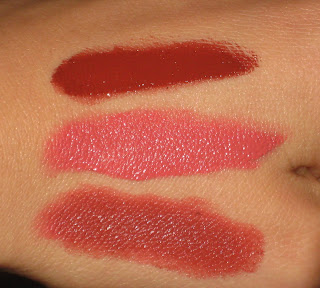
Today's victim is 1,4-Dioxane, a clear liquid that dissolves in water. It is usually used as a solvent in chemical processing. For example, it is used in things like adhesives, cleaning and detergent preparations, varnishes, polishing compositions, and after all this it is also used (wait for it!...) in cosmetics and deodorant fumigants.
People can be exposed to this chemical through inhalation, oral (food/water consumption) and dermal contact through the use of contaminated products such as cosmetics or shampoo.
1,4-Dioxane is considered to be a probable human cancerogen. It has been shown to easily penetrate skin. In addition, 1,4-Dioxane is listed as an animal cancerogen by the National Toxicology Program. The Campaign for Safe Cosmetics highlights that perhaps using one contaminated product once in a while may not cause serious harm, but considering how many products we use each day and every day, it all adds up...
You may think: well that does not sound very pleasant, I shall avoid it! The problem is that 1,4 Dioxane is actually a by-product, it is formed as an impurity in the manufacture process of alkyl ether sulfates or other ethoxylated substances used in products like cosmetics, detergents and shampoos. The process of ethoxylation involves adding ethylene oxide (a known canerogen!) to other chemicals in the product to make them less harsh. The funny thing is that because it is a contaminant by-product, 1,4-Dioxane does not have to be listed on the ingredients list, so it is quite hard to know whether it is present or not. In terms of personal care products, it is reported that it is likely to be present in products that create suds, like shampoo, bubble bath and some soaps. It is reported that high percentages of all products from these categories contain 1,4-Dioxane. Horrifyingly, an independent test in 2007 revealed that many popular brands of children's bubble bath and body wash contained the chemical.
It is possible for companies not to produce 1,4-Dioxane. For example, they can vacuum-strip it from the ethoxylated product or just not do the ethoxylation process by using non-harsh ingredients from the start. It is not allowed to ethoxylate under organic standards. So if you purchase a certified organic product, it should be safe to know that it does not contain 1,4-Dioxane. It is also possible to search for products that contain no known impurities on the Environmental Working Group's Skin Deep database.











